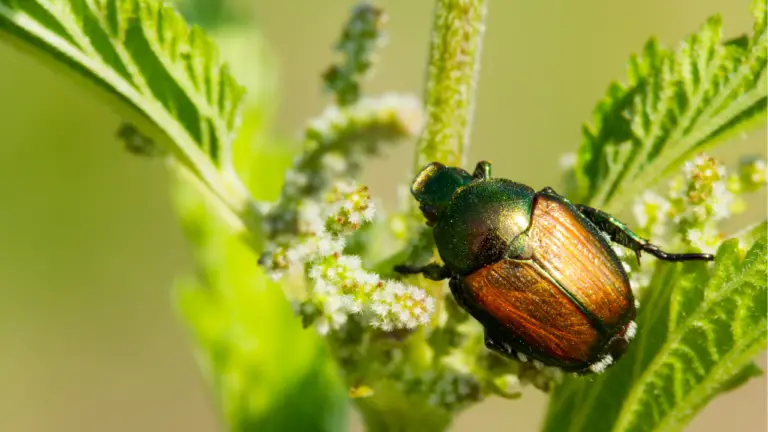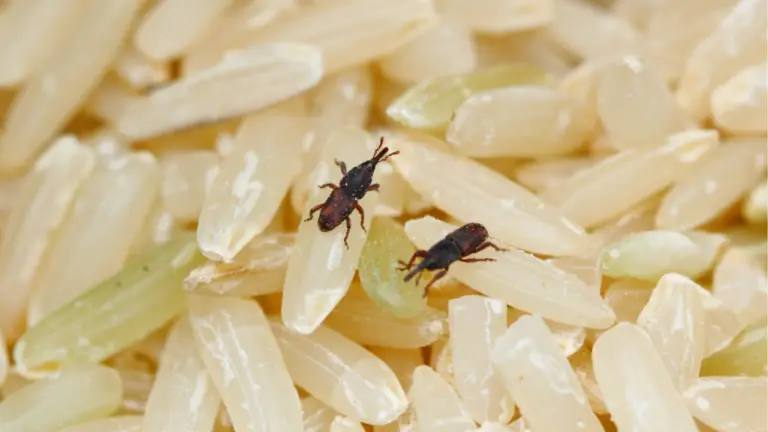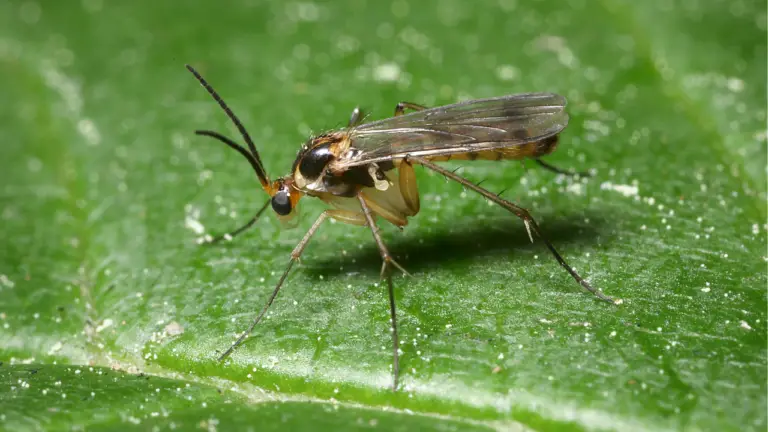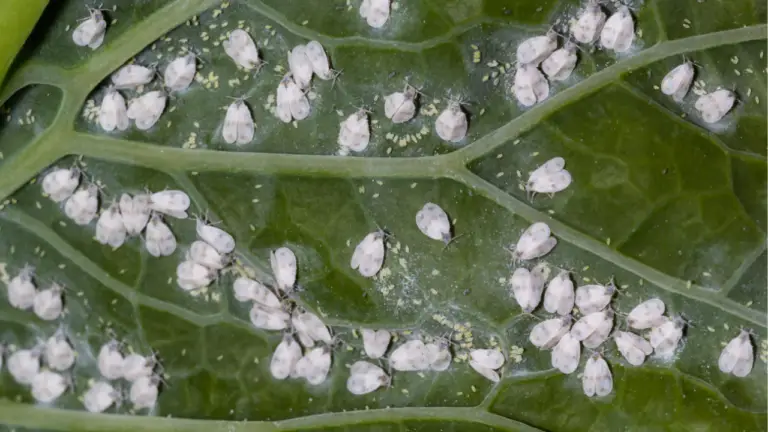10 Ways To Get Rid Of Spider Mites
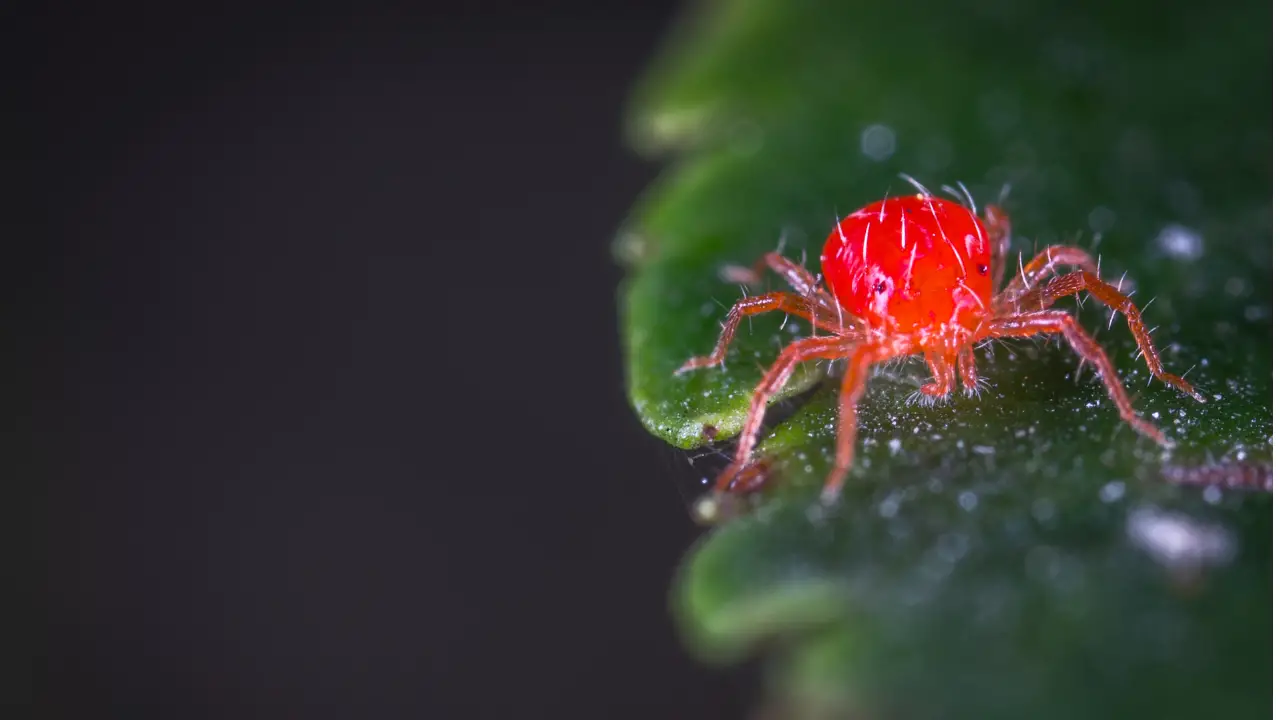
Spider mites are tiny, sap-sucking pests that can cause significant damage to plants. They are particularly troublesome for indoor plants, garden crops, and ornamental plants. Infestations can lead to discolored leaves, weakened plants, and in severe cases, plant death. Managing spider mites requires prompt and effective action. This article provides comprehensive natural solutions to help you eliminate spider mites and keep your plants healthy.
How to Get Rid of Spider Mites
1. Use Water Sprays
A simple yet effective method to control spider mites is to use a strong jet of water. Regularly spraying plants with water can dislodge spider mites and wash them away from the plant.
Ensure to spray the underside of the leaves where spider mites often congregate. This method is particularly useful for outdoor plants and larger indoor plants. It is essential to repeat this process regularly, as it helps to prevent the mites from reestablishing their population.
2. Introduce Beneficial Insects
Beneficial insects, such as ladybugs, predatory mites, and lacewings, can help control spider mite populations. These natural predators feed on spider mites and can significantly reduce their numbers.
Releasing these beneficial insects into your garden or greenhouse can create a balanced ecosystem. They are particularly effective in larger infestations where other methods may not suffice. Providing a habitat for these beneficial insects can ensure their presence and continued effectiveness in controlling spider mites.
3. Apply Neem Oil
Neem oil is a natural insecticide that can effectively manage spider mites. It disrupts their reproductive cycle and deters them from feeding on the plants.
To use neem oil, dilute it according to the instructions and spray it directly onto the affected plants, ensuring thorough coverage. Neem oil is safe for most plants and can be used regularly as a preventive measure. It also has antifungal properties, making it a versatile addition to your pest control arsenal.
4. Use Essential Oils
Certain essential oils, such as rosemary, peppermint, and eucalyptus, are effective against spider mites. These oils have natural insecticidal properties that can help repel and kill spider mites.
Mix a few drops of essential oil with water and a small amount of liquid soap, then spray the solution onto the affected plants. The strong scent of these oils not only deters spider mites but also makes the environment less conducive for their survival. Regular application can help keep spider mite populations under control.
5. Introduce Diatomaceous Earth
Diatomaceous earth is a natural powder made from fossilized remains of diatoms. It is abrasive and can damage the exoskeletons of spider mites, leading to their dehydration and death.
Sprinkle diatomaceous earth around the base of your plants and on the leaves where spider mites are present. This non-toxic method is safe for plants and pets but should be reapplied after watering or rain. Diatomaceous earth can also be used as a preventive measure to keep spider mites at bay.
6. Use Homemade Soap Sprays
Homemade soap sprays can be an effective and inexpensive way to control spider mites. The soap disrupts the mites’ cell membranes, causing them to dehydrate and die.
To make a soap spray, mix a mild liquid soap with water and spray it directly onto the affected plants. Ensure thorough coverage, especially on the underside of leaves. Repeat the application every few days until the infestation is under control. This method is safe for most plants and can be combined with other treatments for enhanced effectiveness.
7. Practice Good Garden Hygiene
Maintaining good garden hygiene is crucial in preventing spider mite infestations. Regularly remove dead leaves, weeds, and plant debris where spider mites can hide and breed.
Cleaning your gardening tools and ensuring proper spacing between plants can also help reduce the risk of infestation. A well-maintained garden creates an environment less favorable for spider mites, making it easier to manage them naturally. Regularly inspect your plants for early signs of spider mites to address the problem before it becomes severe.
8. Increase Humidity
Spider mites thrive in dry conditions, so increasing the humidity around your plants can help deter them. This method is particularly useful for indoor plants.
Use a humidifier, mist the plants regularly, or place a tray of water near the plants to increase the humidity. Grouping plants together can also help create a more humid microenvironment. Higher humidity levels make it harder for spider mites to reproduce and survive, thereby reducing their population over time.
9. Rotate Crops
Crop rotation is an effective strategy to prevent spider mite infestations in vegetable gardens. Changing the types of plants grown in a particular area each season can disrupt the life cycle of spider mites.
This practice reduces the likelihood of spider mites establishing themselves in a specific area. Crop rotation also improves soil health and reduces the risk of soil-borne diseases. Planning your garden layout with crop rotation in mind can help maintain a healthy and pest-free environment.
10. Use Companion Planting
Companion planting involves growing certain plants together to enhance growth and protect against pests. Some plants, such as marigolds, garlic, and chives, can repel spider mites and protect neighboring plants.
Planting these companion plants around susceptible crops can create a natural barrier against spider mites. This method not only helps in pest control but also promotes biodiversity in your garden. Experimenting with different companion plants can help you find the most effective combinations for your specific gardening needs.
By utilizing these natural solutions, you can effectively manage and prevent spider mite infestations without resorting to harsh chemicals. Regular monitoring and a combination of these methods will ensure your plants remain healthy and spider mite-free.

